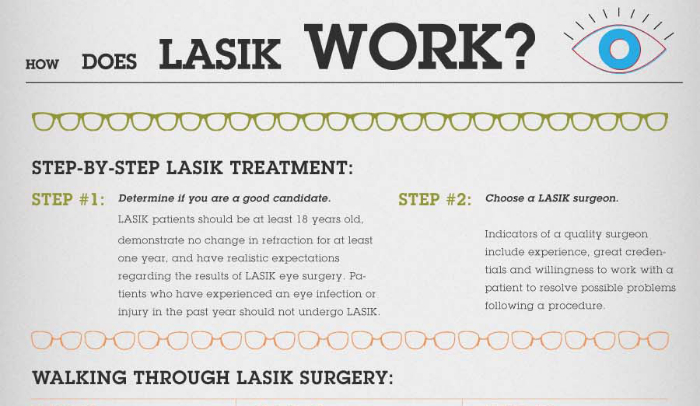The All-Inclusive FAQ On Refractive Lens Exchange: Vital Details You Need To Know
The All-Inclusive FAQ On Refractive Lens Exchange: Vital Details You Need To Know
Blog Article
Write-Up By-Kincaid Eskesen
If you're taking into consideration refractive lens exchange, you most likely have a great deal of questions. This treatment could alter exactly how you see the world, using benefits like reduced dependancy on glasses. Nonetheless, it's essential to understand the process, dangers, and that qualifies as an excellent candidate. Allow's check out these critical facets so you can make an educated decision concerning whether RLE is right for you.
What Is Refractive Lens Exchange and Exactly How Does It Work?
Refractive lens exchange (RLE) is an operation developed to change your eye's natural lens with a synthetic one, dealing with vision issues like nearsightedness, farsightedness, or presbyopia.
During the procedure, your specialist makes a tiny cut in the eye, eliminates your natural lens, and inserts an intraocular lens (IOL) tailored to your vision needs. This outpatient surgical treatment typically takes about 15 to 30 minutes per eye and is performed under neighborhood anesthesia.
You'll likely notice enhancements in your vision virtually right away, though full recovery may take a couple of weeks. RLE is particularly valuable for those over 40 or with high prescriptions, using a durable solution compared to glasses or call lenses.
Your eye care professional can assist identify if RLE is right for you.
What Are the Advantages and Dangers of Refractive Lens Exchange?
Picking refractive lens exchange can result in significant enhancements in your vision, yet it is essential to weigh both the benefits and threats before deciding.
On the plus side, this treatment can enhance your vision by dealing with problems like presbyopia, nearsightedness, and hyperopia. LASIK Gave Me Freedom take pleasure in lowered dependence on glasses or contact lenses, which can significantly improve their lifestyle.
Nonetheless, https://www.healio.com/news/ophthalmology/20210111/corneal-tissue-addition-for-keratoconus-may-improve-visual-acuity-topography to consider potential risks. Difficulties can consist of infection, glare, or halos around lights.
There's likewise a possibility of overcorrection or undercorrection, which might call for extra treatments.
That Is a Suitable Candidate for Refractive Lens Exchange?
If you're considering refractive lens exchange, it is essential to recognize whether you fit the account of an excellent candidate. Typically, you may be a great candidate if you more than 40, experience presbyopia, or have high degrees of nearsightedness or farsightedness.
It's also essential that your vision is secure, suggesting your prescription hasn't altered substantially in the past year. If you have cataracts or other eye conditions, you could benefit from this procedure too.
Nevertheless, certain variables, like uncontrolled diabetes or autoimmune diseases, might invalidate you. To identify your candidateship, talk to an eye treatment expert that can assess your certain circumstance and recommend the best strategy tailored to your needs.
Final thought
To conclude, refractive lens exchange can be a transformative choice for enhancing your vision, particularly if you're over 40 or have a high prescription. While the benefits are significant, it's important to evaluate the threats and talk to your eye treatment specialist to establish if you're an ideal prospect. With the right information and support, you can make a notified choice and potentially appreciate a life with reduced dependancy on glasses.
